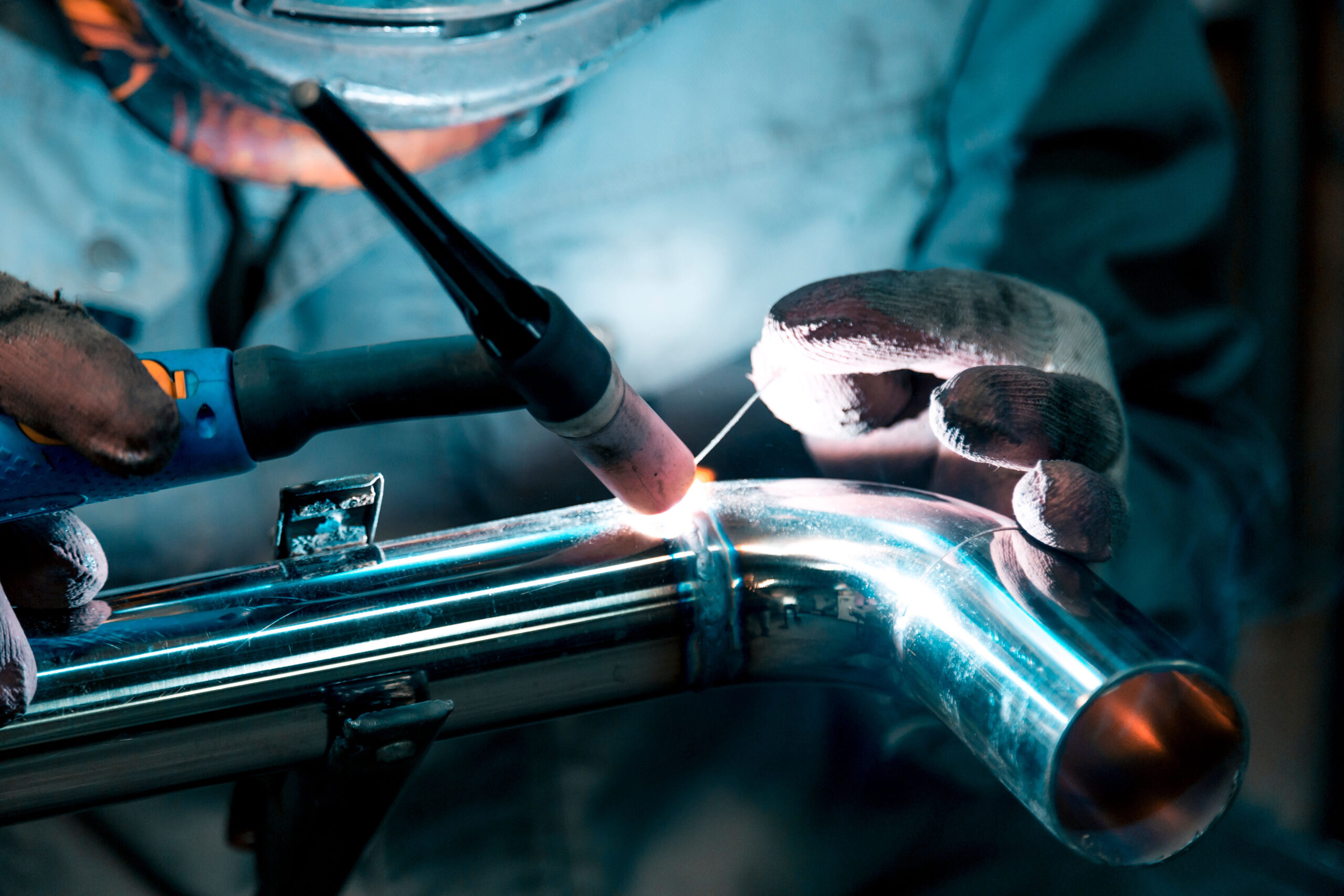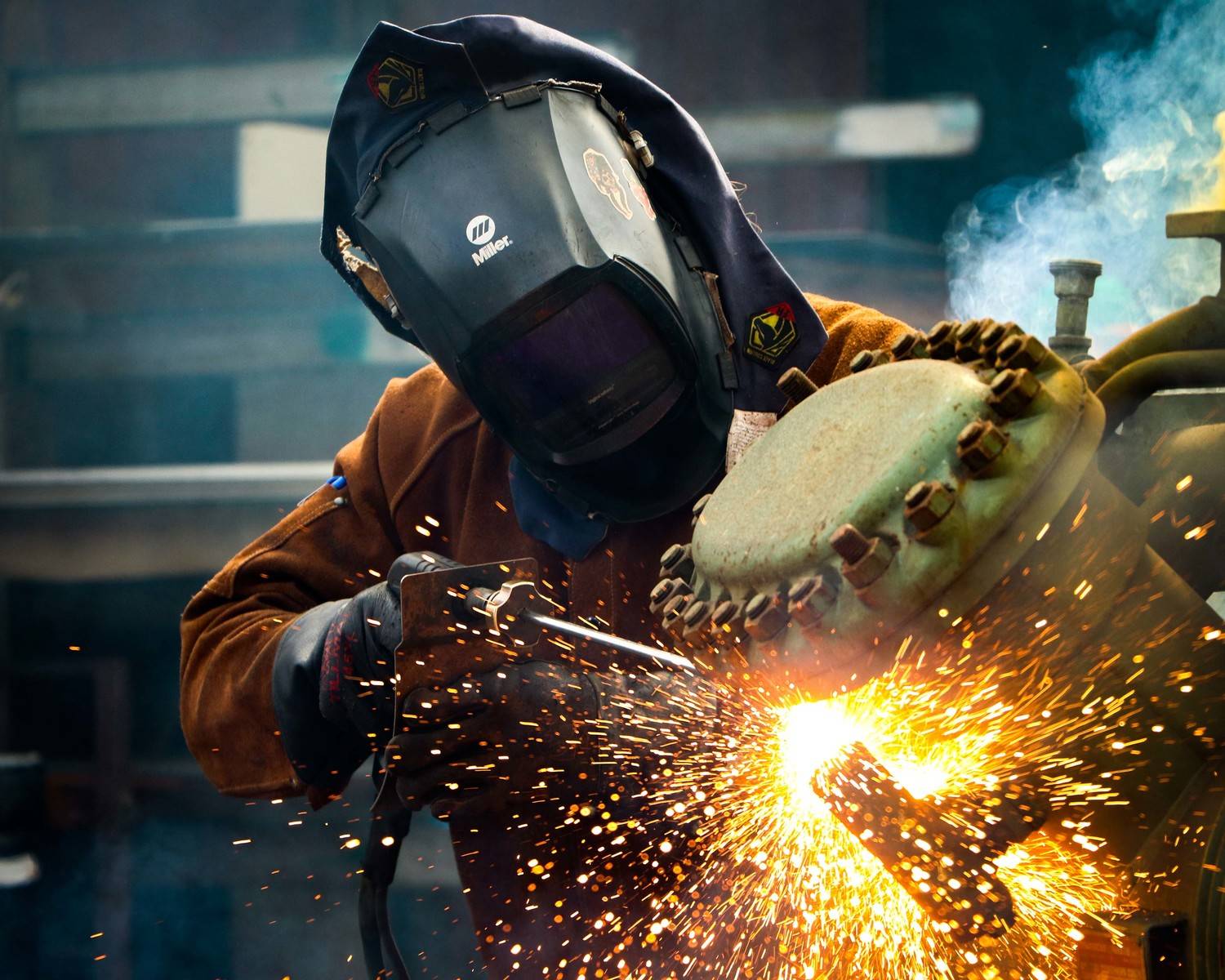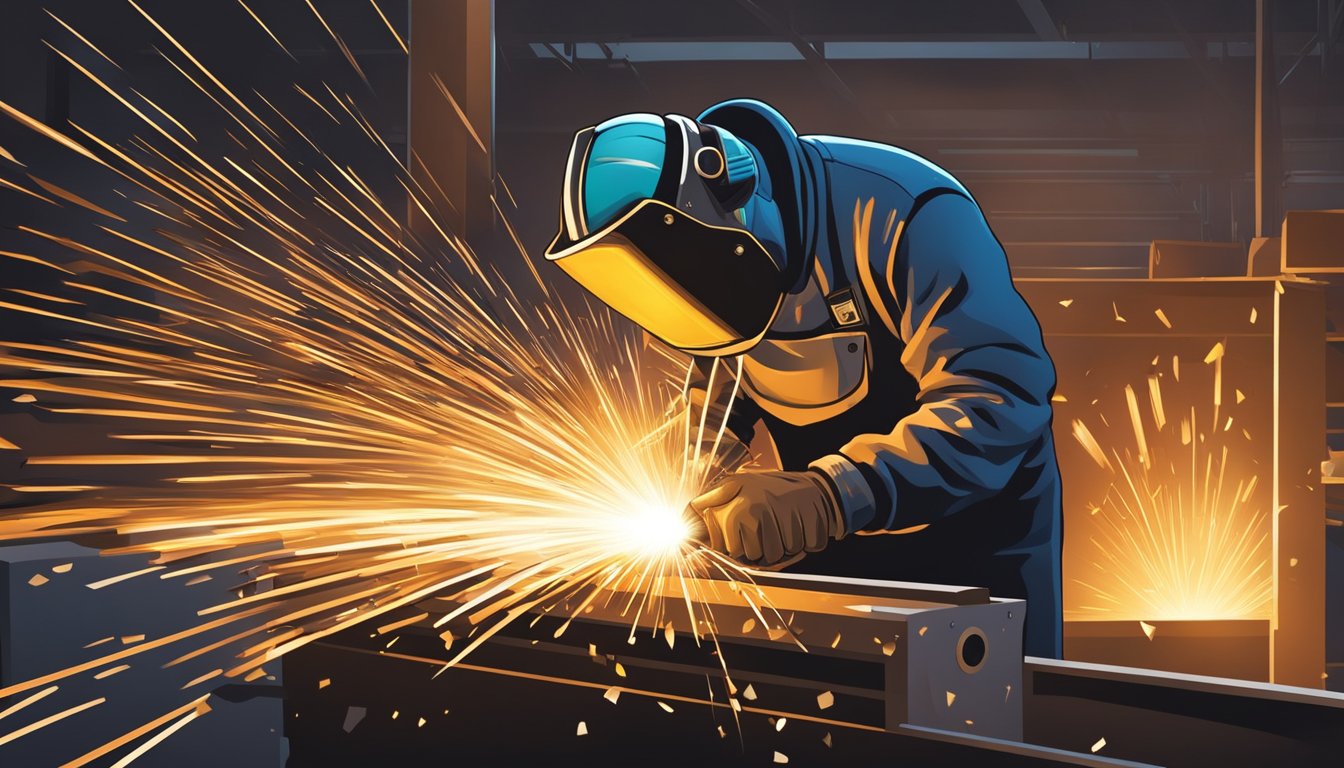Why a Welding WPS is Crucial: Enhancing Consistency and Compliance
Why a Welding WPS is Crucial: Enhancing Consistency and Compliance
Blog Article
The Ultimate Guide to Welding WPS Procedures: An Extensive Introduction for Welders
In the elaborate world of welding, Welding Procedure Specifications (WPS) work as the foundation of making sure top quality, uniformity, and safety in welding operations. Recognizing the subtleties of creating, executing, and checking WPS procedures is vital for welders looking to raise their craft and meet industry standards. As we explore the numerous elements of a WPS and explore the details of certification and qualification, we will certainly discover the vital function these procedures play in the realm of welding. Let's start a journey to decipher the intricacies and significance of WPS treatments in welding methods.
Value of WPS Procedures
Comprehending the value of Welding Treatment Requirements (WPS) treatments is critical for making sure the high quality and honesty of bonded frameworks. WPS procedures work as a roadmap for welders, detailing the needed actions, criteria, and products needed to attain a sound weld. By adhering to WPS guidelines, welders can guarantee uniformity in their job, resulting in trustworthy and structurally sound welds.
One of the main factors why WPS treatments are crucial is their duty in maintaining weld quality and honesty. Adhering to the specified welding specifications and strategies laid out in the WPS aids prevent issues such as porosity, fracturing, or insufficient combination, which can endanger the toughness and longevity of the weld. Furthermore, WPS procedures are essential for making sure compliance with sector requirements and codes. By complying with well established WPS standards, welders can show that their job fulfills the required needs for security and high quality, supplying assurance to customers, examiners, and regulatory bodies. Fundamentally, the relevance of WPS treatments can not be overstated, as they are basic to achieving regular, high-quality welds that satisfy market requirements and requirements.

Parts of a WPS
A Welding Procedure Specification (WPS) normally consists of vital components that information the particular demands for carrying out a weld, making sure consistency and quality in the welding process. The vital parts of a WPS consist of crucial variables such as base steels, filler steels, preheat and interpass temperature levels, welding procedures, protecting gases, welding positions, and post-weld warmth therapy demands.
Base metals describe the materials being signed up with, while filler metals are made use of to fill up the gap between the base metals throughout welding. Preheat and interpass temperature levels are essential for managing the warmth input and stopping issues like splitting or distortion. The welding process outlines the certain technique to be utilized, whether it's gas metal arc welding (GMAW), shielded steel arc welding (SMAW), or an additional approach. Protecting gases shield the weld pool from climatic contamination. Welding positions specify the alignments in which welding can be executed. Post-weld heat therapy might be necessary to relieve anxieties and boost the weld's buildings. A comprehensive understanding of these components is important for developing a comprehensive and effective WPS.

Qualification and Qualification
Having actually developed the click for more crucial elements of a Welding Procedure Specification (WPS), the emphasis now changes in the direction of the important elements of credentials and accreditation in welding techniques.

Accreditation, on the various other hand, is the formal recognition of a welder's credentials by a relevant qualification body or company. Welding accreditations are generally based on the particular welding procedures, materials, and settings a welder is certified to collaborate with. Holding a legitimate welding qualification demonstrates that a welder fulfills sector requirements and is qualified to perform welding tasks to the needed specifications.
Developing a WPS
To create a Welding Treatment Specification (WPS) that meets industry requirements, careful factor to consider of welding processes, products, and operational criteria is important. The very first action in developing a WPS is to determine the welding procedure to be made use of, such as gas steel arc welding (GMAW) or protected metal arc welding (SMAW)

Carrying Out and Checking WPS
Upon finalizing the extensive Welding Procedure Requirements (WPS) that thoroughly information welding processes, materials, functional parameters, and high quality guarantee steps, the emphasis shifts to effectively implementing and checking the recognized procedures. Implementation includes ensuring that all welders entailed in the project are acquainted with the WPS and follow it meticulously during the welding process. Reliable execution and tracking of the WPS are vital for making certain the honesty, stamina, and security of the welded joints, inevitably adding to the total success of the welding imp source task.
Verdict
In conclusion, understanding this content and following Welding Procedure Specs (WPS) is essential for welders to guarantee quality, consistency, and safety and security in their job. By understanding the components of a WPS, acquiring correct qualifications and accreditations, developing detailed treatments, and executing and monitoring them efficiently, welders can improve their abilities and proficiency in welding methods. Following WPS procedures is vital for generating high-quality welds and meeting sector standards.
In the elaborate world of welding, Welding Treatment Specifications (WPS) serve as the foundation of guaranteeing high quality, uniformity, and security in welding procedures. The welding procedure describes the certain technique to be made use of, whether it's gas steel arc welding (GMAW), shielded steel arc welding (SMAW), or an additional approach.To establish a Welding Treatment Requirements (WPS) that fulfills sector standards, cautious consideration of welding processes, products, and operational parameters is crucial. The very first step in developing a WPS is to identify the welding process to be made use of, such as gas metal arc welding (GMAW) or shielded steel arc welding (SMAW)Upon finalizing the comprehensive Welding Procedure Spec (WPS) that thoroughly details welding procedures, materials, functional criteria, and quality guarantee measures, the emphasis shifts to efficiently implementing and keeping an eye on the recognized treatments.
Report this page